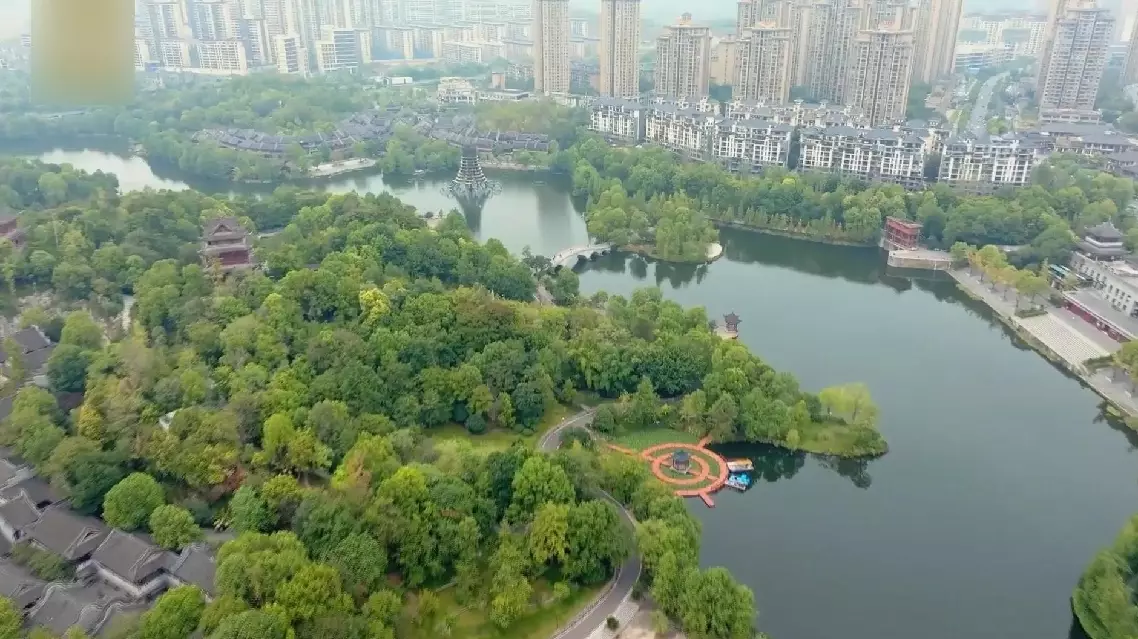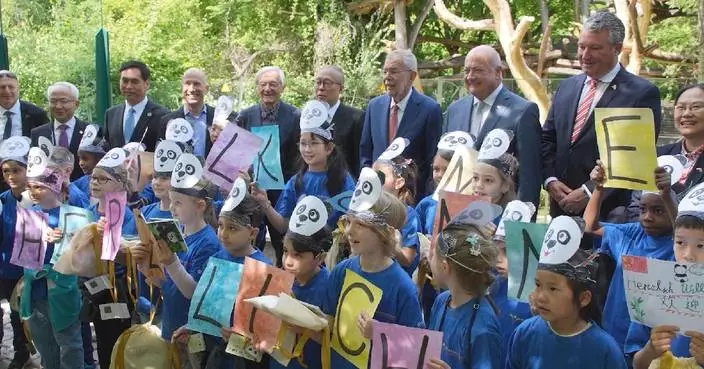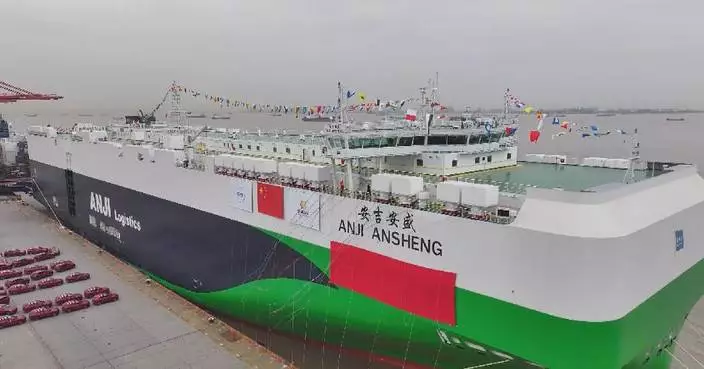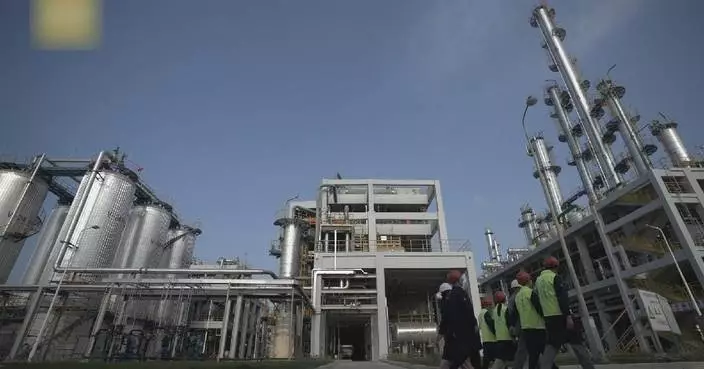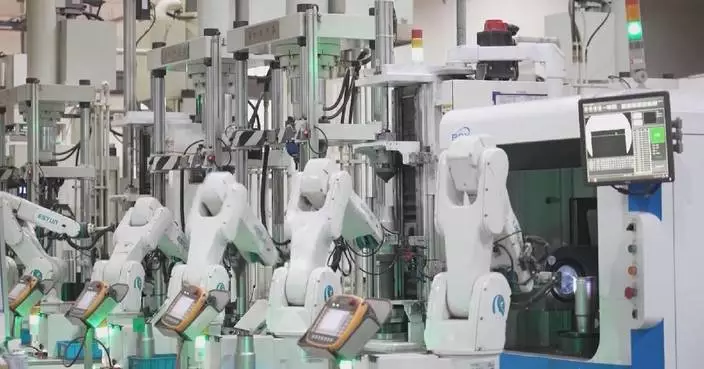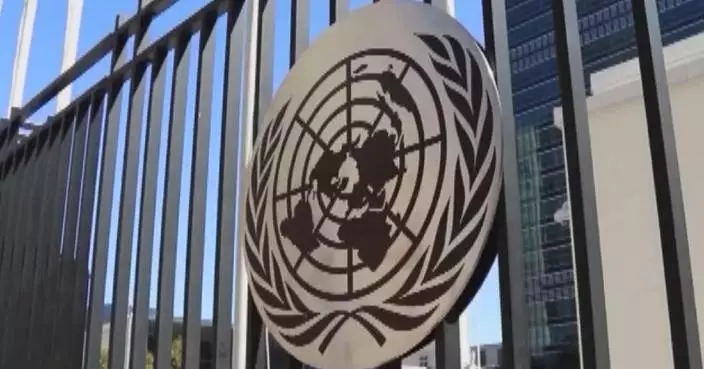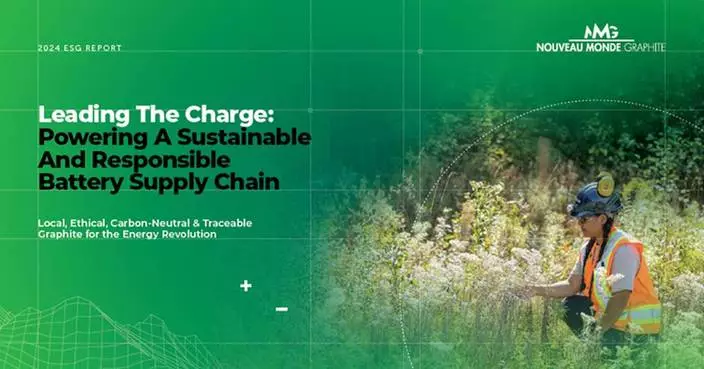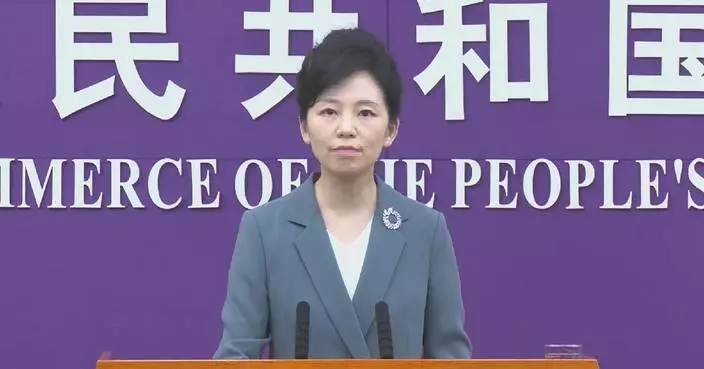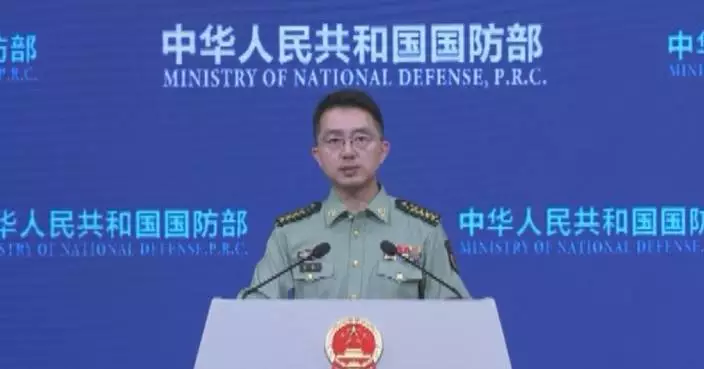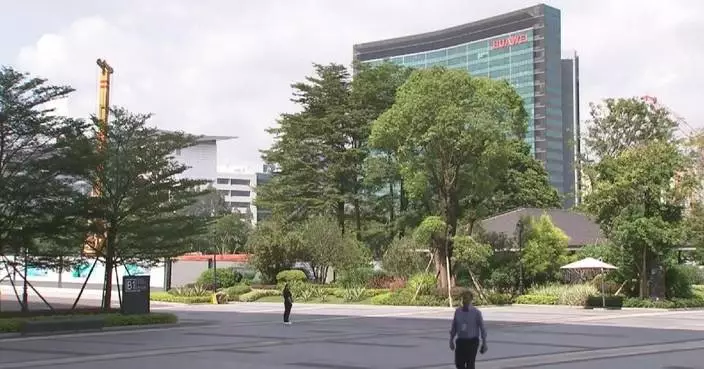Brazilian mining giant Vale, a pioneer of the economic and trade cooperation between Brazil and China, is optimistic about bilateral ties between the countries and takes a long-term outlook on relations, said a senior executive at the enterprise.
Vale is a Brazilian multinational corporation engaged in metals and mining and one of the largest logistics operators in the South American country.
This year marks the 50th anniversary of the establishment of diplomatic relations between Brazil and China, while Vale started its trade contacts with China in 1973, one year before Brazil actually established commercial ties with China.
In an exclusive interview with China Global Television Network (CGTN) in Sao Paulo, Alexandre Silva D'Ambrosio, the company's executive vice president of corporate and external affairs, boasted of the company's explosive growth in trade with China over the decades.
"In 1973, Vale Export made its first export of iron ore to China. That was 20,000 metric tons. Since then, we've increased our exports to China and we have reached three billion tons of iron ore over 51 years. Last year alone we exported 186 million metric tons to China of iron ore, and this year we will probably do more than that. So it's increasing and it's a long-term relationship," D'Ambrosio said.
In a meeting with foreign correspondents last month, Brazilian President Luiz Inacio Lula da Silva said China plays an essential role in the economic growth of Brazil and he hopes to forge a "new strategic partnership" between the two countries.
China's growth in the past 40 years has been notable and Brazil has much to learn from China's development experience, Lula said.
Alexandre Silva D'Ambrosio holds a similar view to the president.
"Many Chinese companies are now investing in Brazil, bringing technology to Brazil. So that's a very direct input of Chinese culture and investment in Brazil, which helps to further the livelihood of Brazilians. Also, there's an exchange in the culture of these two countries. Both China and Brazil have a long-term view of the future. Both China and Brazil are expanding their frontiers to other places in the world, so I believe there's much affinity between Brazil and China," said the executive.
"The Brazilian culture has a connection with development or looking at the future, very optimistic view of the future. I see that the Chinese have the same, and the Chinese can teach us very much about planning, about technology. The urban development in China is an example, a reference to the world how the Chinese have been able to develop their cities without destroying the cultural heritage. So there are many examples of how Brazil wants to achieve the same goals that China has," he added.

Brazilian mining giant sees affinity, common aspirations between Brazil, China



